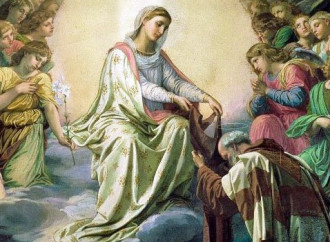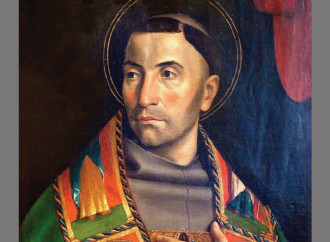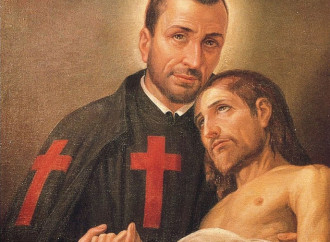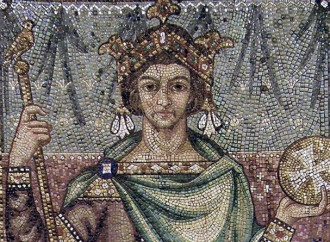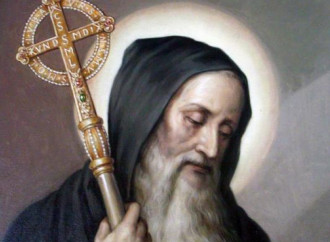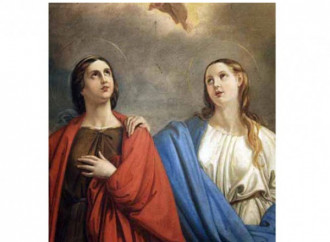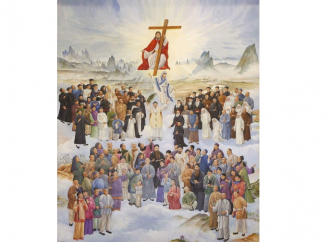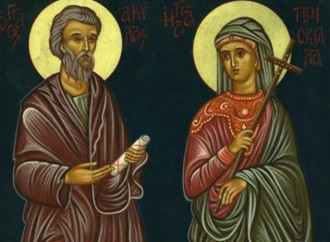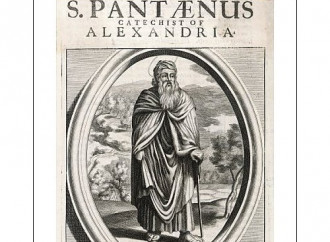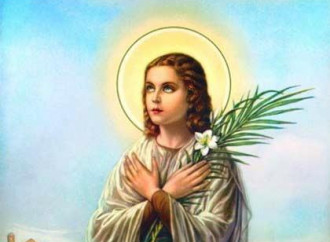Our Lady of Mount Carmel
This feast is one of the dearest to Christian piety. Considering the wealth of biblical and mystical references attached to it, one could also say that it manifests in a special way the beauty of God's saving plan.
Saint Bonaventure
He was one of the great protagonists of 13th century philosophical and theological thought, when the Christian faith showed all its capacity to influence culture
Saint Camillus de Lellis
The founder of the Ministers of the Infirm obtained permission to sew on the black habit, at chest height, a cross in red cloth, symbol of the redeeming Blood shed by Jesus
Saint Henry II
Together with his wife, Saint Cunigunde, he promoted the building of churches and monasteries and contributed to the renewal of the Church
Saints Nabor and Felix
Saint Ambrose extolled their virtues in the hymn Victor, Nabor, Felix pii, also dedicated to Saint Victor, their comrade-in-arms
Saint Benedict of Nursia
Patron saint of Europe, with his life glorified the Creator and made a fundamental contribution to the formation of European civilization
Saints Rufina and Secunda
They were two sisters, both betrothed, who put God first and suffered martyrdom during Valerian's persecutions
Holy Chinese Martyrs
The liturgical calendar commemorates today the heroic testimony of a large number of martyrs who made themselves imitators of Christ crucified in order to guard their greatest gift, faith
Saints Aquila and Priscilla
They are among the first great examples of Christian spouses, persevering in faith and united in joy and adversity
Saint Maria Goretti
“The sweet little martyr of purity” (as Pius XII called her when he canonized her) preferred earthly death rather than sin with the one who became her executioner.
Saint Anthony Mary Zaccaria
The founder of the Barnabites spread both the custom of ringing the bells at three o'clock on Friday afternoon and the continuous adoration of the Eucharist through the devotion of the Quarantore

